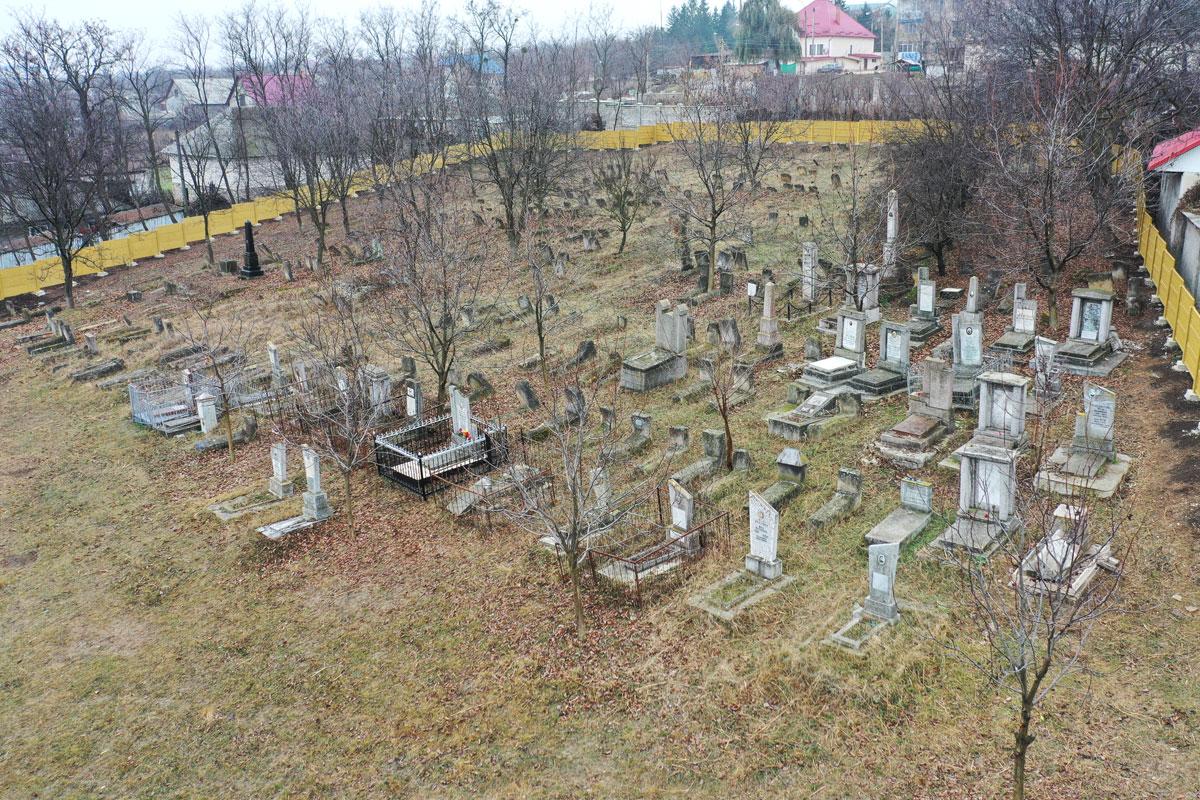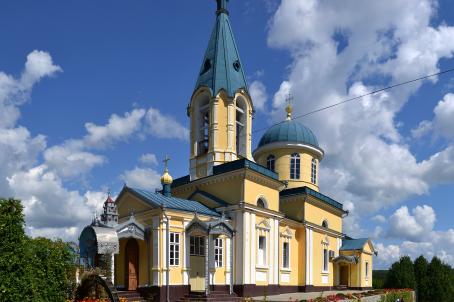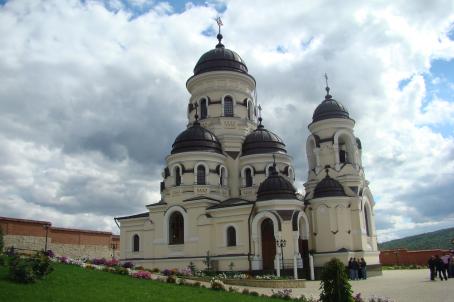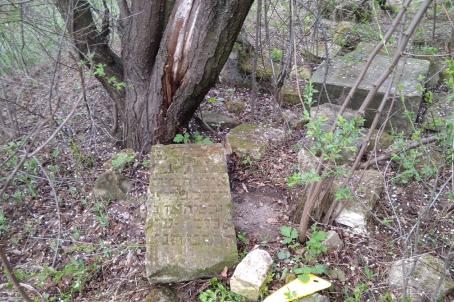Varzareshty Jewish Cemetery

The cemetery is abandoned and some parts are overgrown. The territory is used for livestock grazing. There are 150 old and 50 new tombstones. This cemetery was also used by the Nisporeni Jewish community. It seems that a part of the cemetery located outside of the current fenced area has been demolished and transformed into a garden and a pigsty.
About this building
For more information on this site visit: https://www.esjf-cemeteries.org/fenced/varzareshty-jewish-cemetery-2/





